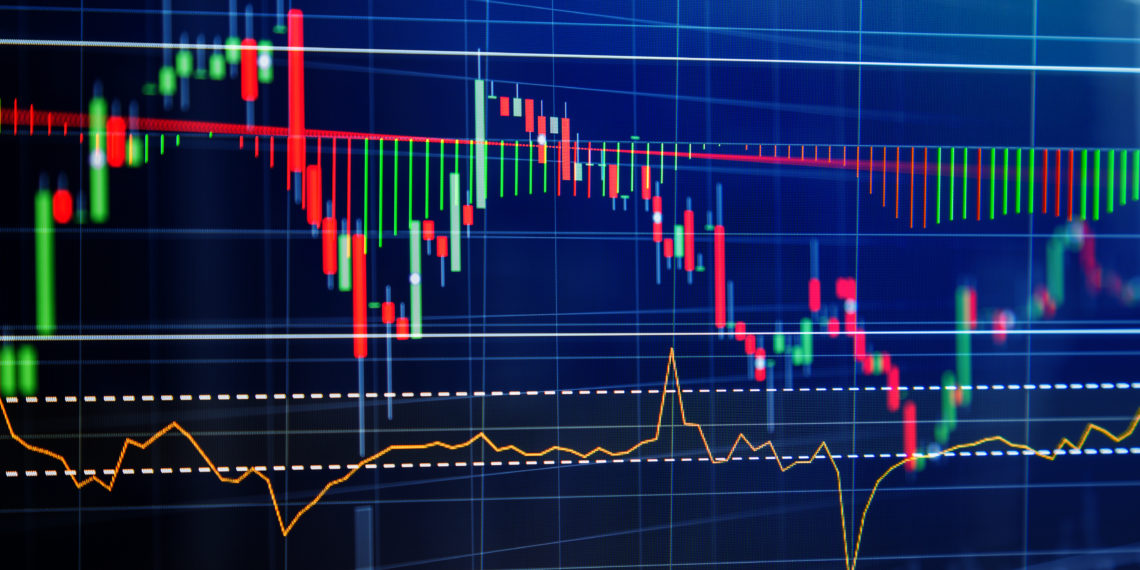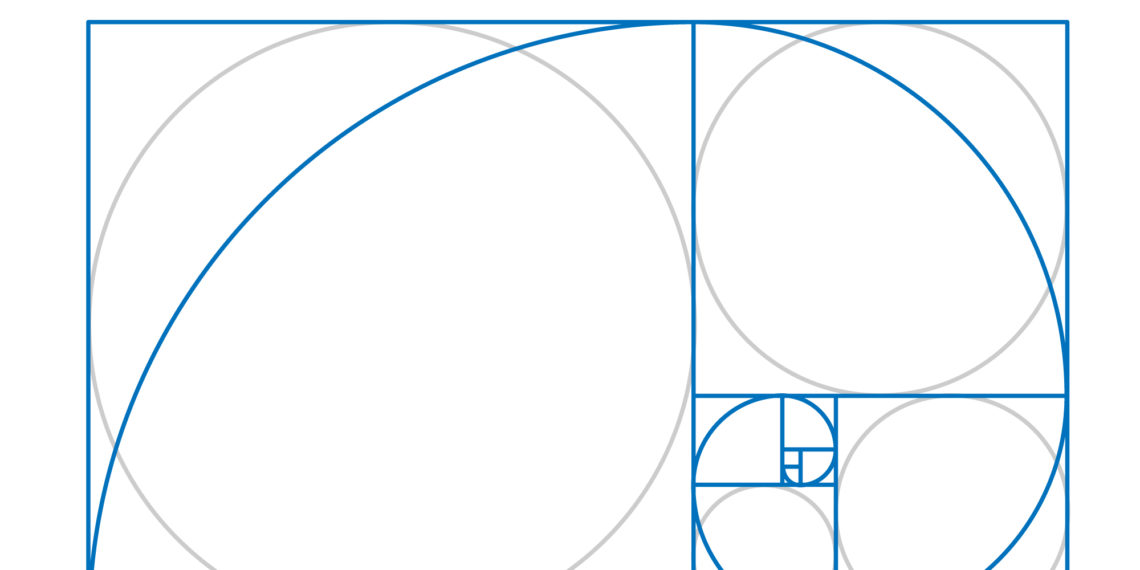Forex Price Indicators
These are the Relative Strength Index (RSI), Stochastic Oscillator and Moving Average Convergence/Divergence (MACD)
Relative Strength Index (RSI)
The RSI measures the ratio of upward and downward movement and standardizes the calculation so that the index can be expressed as a range of 0 to 100. If the RSI is 70 or over it can be assumed that an instrument had been overbought. This is a position at which the price increase is higher than the market expectations. However, if the RSI is 30 or lower, it can be seen as a signal the instrument might be oversold. This is a position during which the price decrease is more than the market expectations

Stochastic Oscillator
Over a scale of 0 to 100, this indicates an oversold and overbought condition. The indicator is based on the observation that when the upward trend is firm, there is a concentration of the period closing prices on the upper part of the period’s range. On the other hand, with falling prices in a substantial downward trend, the closing prices are usually around the utmost low of the period range. K% and D% are two lines from stochastic calculations. In a chart, it can be adapted to show the oversold and overbought element. A strong trading signal can be revealed in the divergence amid stochastic lines and price action of the basic instrument.
Moving Average Convergence/Divergence (MACD)
This indicator plots two momentum lines.
The MACD line is the core divergence amid two exponential moving averages, the indication or trigger line, which is an exponential moving average of the variance.
When MACD and trigger lines cross, it is an indication that a modification in the excitement is most likely.
Number Theory: Fibonacci and Gann Numbers
1, 1, 2, 3, 5, 8, 13, 21, 34 and so on are Fibonacci number sequence. They are derived by the addition of the first two numbers to work out the third. 61.8% is the frequent ratio to another location larger number. This is a common Fibonacci retracement number. The other 38.2% can also be a Fibonacci retracement number. This applies to 161.8%, 261.8% ratio extensions. Wave behaviour and patterns, recognized in Forex currency trading, correlate to some extent with relations in the Fibonacci series. The instrument is utilized in the technical study of stock trends that combine different numbers of Fibonacci retracements, made use of by many ups and downs.

Fibonacci clusters are signals found beside a price chart. It is a mix of horizontal bars with shadings. Every retracement level that crosses with the other makes a darker horizontal bar at price level. The darkest spot of the Fibonacci cluster has the most significant support numbers and resistance. This instrument gauges the comparative strength of the resistance and support at different price levels. To confirm the strength of the resistance/support, traders engage the actual in the recognized levels. Gann numbers: W.D. Gann is a stack alongside a product trader working in the ’50s, who supposedly made more than $50 million in the markets. His fortune was made with methods he developed for trading instruments by price movement and time connections known as time/price equivalents.
Gann’s methods are not easy to explain.
It deals with the use of chart angles to determine support and resistance areas and then predicts changes in future trends. The lines in the charts are used to forecast support and resistance areas.
Elliott’s Wave Theory
This can be a technique for market analysis that might be founded on recurring wave patterns and the Fibonacci number sequence. A huge Elliott wave pattern displays a 5-wave increase and then a 3-wave drop.
Gaps
This is produced by factors like consistent pressure to buy or sell, announcing earnings, an analyst’s view changing or news release. If the lowest price on a day’s trade is way over the best on a preceding day, there is an up gap. When the highest cost of the morning is below the lowest of the previous day, there is a down gap. An up gap signifies market strength. A down gap signifies its weakness. When an important price pattern is completed, we have a breakaway gap. This indicates the start of a vital price movement.The tendency of a price gap to occur in the middle of a significant market trend is a runaway gap or measuring the gap.
You have an exhaustion gap at the end of a significant trend and signal.
Trends
A trend turns to price directions. Increasing highs and lows signifies an uptrend. When peaks and troughs fall it signifies a downtrend that controls the sharpness of the present trend. When a trendline breaks, it normally indicates the reversal of a trend. An investment range is characterized when peaks and troughs are horizontal.
According to Charles Dow, trends are categorized into three:
- The bull or uptrend where there are plenty highs and lows and every high is greater than the previous one.
- The bear or downtrend with some highs and lows and every low is thinner than the prior one.
- The treading or horizontal trend with numerous highs and lows, where the highs and lows are similar to previous ones.
Moving averages are smooth and active price info that checks trends and support/resistance levels.They help when one chooses a trading strategy, especially for futures or markets with potent up or down movement. Trends can be identified with the use of standard deviation, just as the measure of volatility. Bollinger Bands makes use of this approach to illustrate trends. When the markets are volatile, the bands expand, that is, they move to the extreme through the average.
When the market is less volatile, the bands tighten, thus, moving closer to the usual.
Recognizing pattern in trend lines identifies and maps the next patterns whether rising and plunging, proportional and stretched triangles, blocks and trend channels.











































